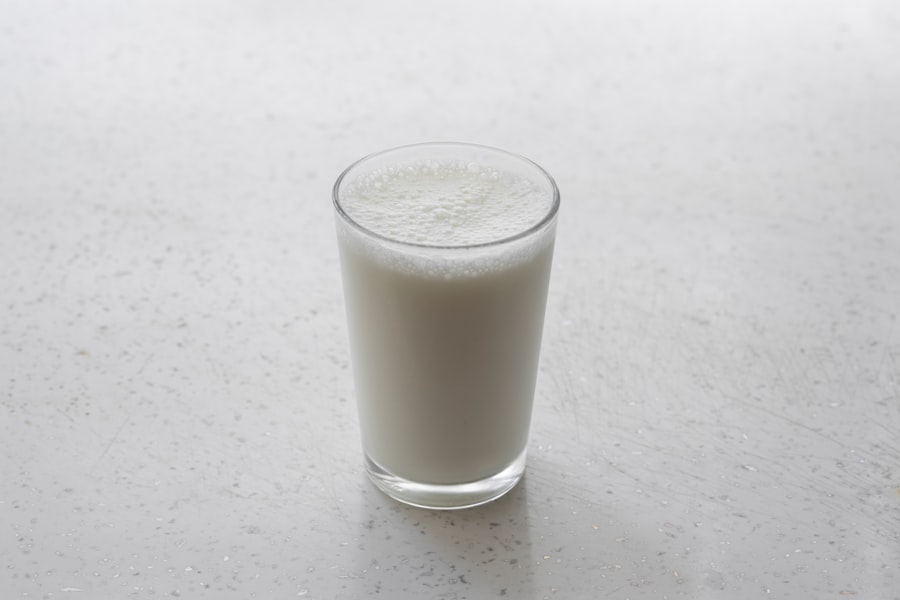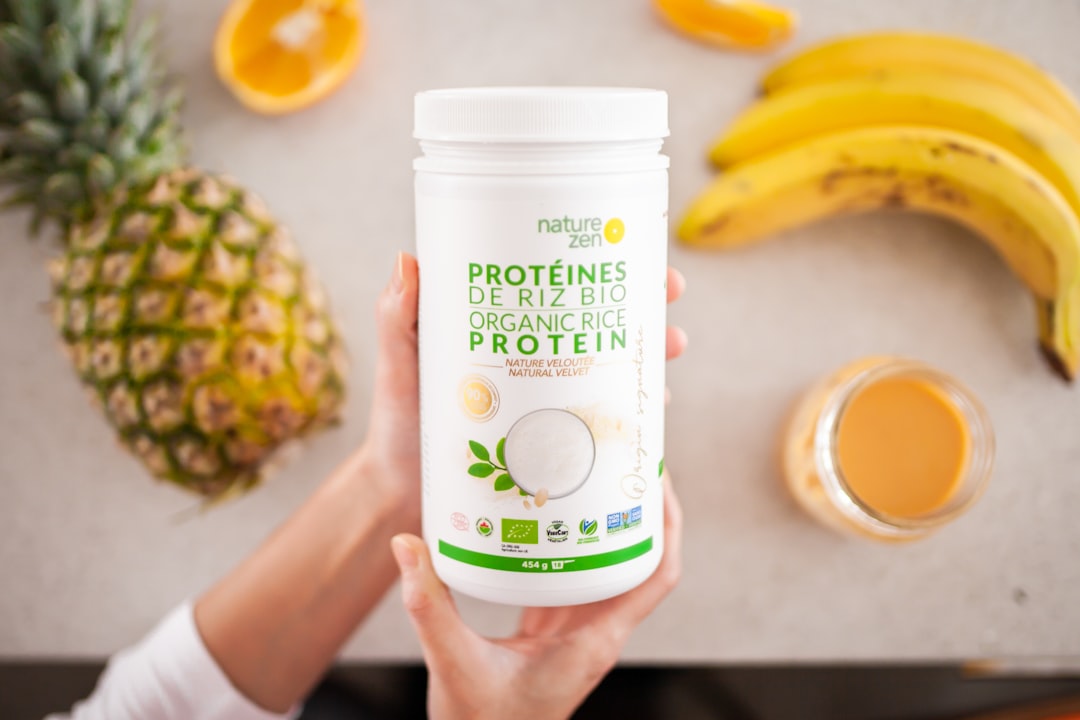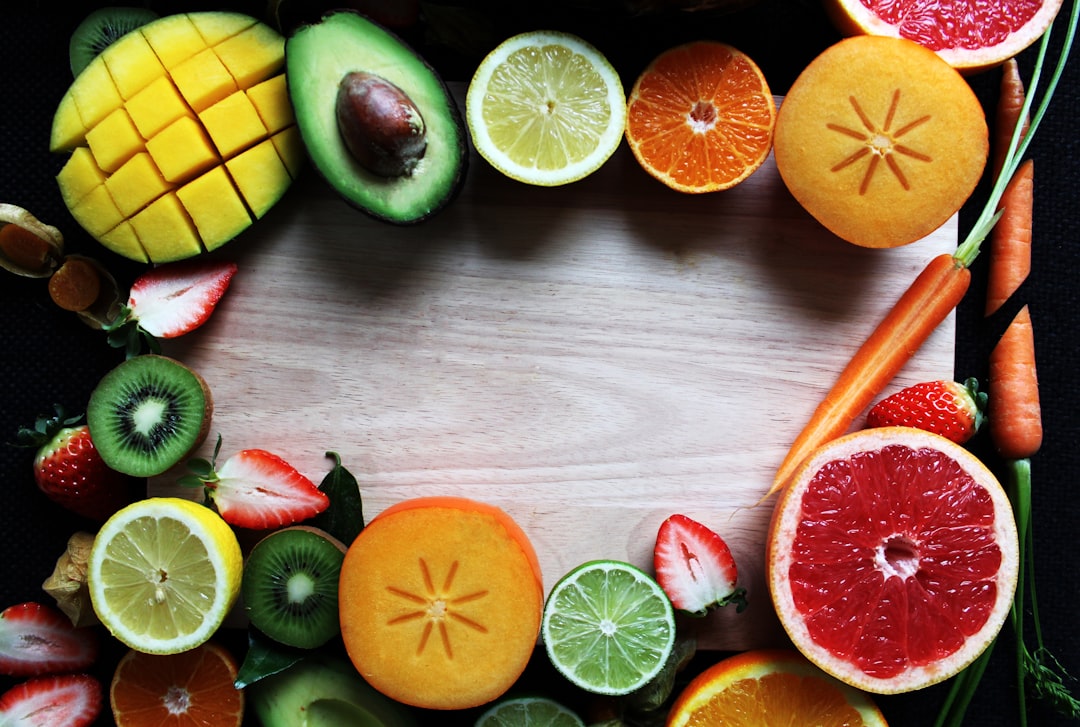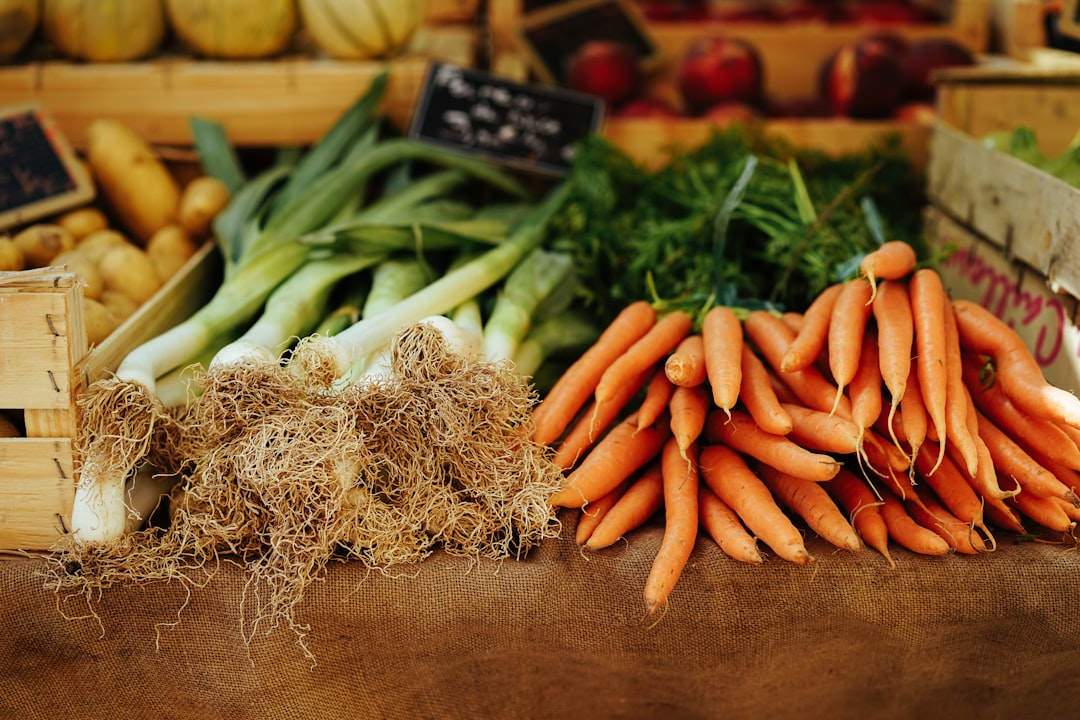Protein is often heralded as the cornerstone of muscle growth, and for good reason. It is composed of amino acids, which are the building blocks of muscle tissue. When we engage in resistance training or any form of exercise that stresses the muscles, tiny tears occur in the muscle fibers.
The body repairs these tears by synthesizing new muscle proteins, a process that is heavily reliant on the availability of amino acids. This muscle protein synthesis (MPS) is crucial for recovery and growth, making protein intake a vital component of any fitness regimen aimed at increasing muscle mass. Moreover, not all proteins are created equal.
The quality of protein sources can significantly influence muscle growth. Proteins that contain all essential amino acids, such as those found in animal products like meat, dairy, and eggs, are considered complete proteins. In contrast, many plant-based proteins may lack one or more essential amino acids, necessitating a more strategic approach to ensure adequate intake.
Understanding the role of protein in muscle growth involves recognizing both the quantity and quality of protein consumed, as well as how these factors interact with exercise to promote optimal muscle development.
Key Takeaways
- Protein is essential for muscle growth and repair
- Adequate protein intake is crucial for building and maintaining muscle mass
- High protein diets support muscle growth by providing the necessary building blocks
- Choosing the right sources of protein is important for maximizing muscle growth
- Incorporating protein into every meal is key for optimal muscle building
The Importance of Adequate Protein Intake for Muscle Building
Adequate protein intake is fundamental for anyone looking to build muscle effectively. The general recommendation for individuals engaged in regular strength training is approximately 1.6 to 2.2 grams of protein per kilogram of body weight per day. This range supports not only muscle repair but also the overall anabolic environment necessary for growth.
Insufficient protein intake can lead to a catabolic state where the body breaks down muscle tissue for energy, counteracting the very goals of muscle building. In addition to quantity, the timing and distribution of protein intake throughout the day play a critical role in maximizing muscle protein synthesis. Research suggests that spreading protein consumption evenly across meals can enhance MPS more effectively than consuming a large amount in one sitting.
This means that individuals should aim to include a source of protein in every meal and snack, ensuring that their muscles have a constant supply of amino acids to facilitate recovery and growth.
How High Protein Diets Support Muscle Growth

High protein diets have gained popularity among fitness enthusiasts and athletes alike due to their effectiveness in supporting muscle growth. When protein intake is elevated, it not only provides the necessary building blocks for muscle repair but also stimulates MPS more robustly than lower protein diets. Studies have shown that individuals consuming higher amounts of protein experience greater increases in lean body mass compared to those on standard protein diets.
Furthermore, high protein diets can also aid in fat loss while preserving muscle mass during caloric deficits. This is particularly beneficial for those looking to achieve a leaner physique without sacrificing hard-earned muscle. The thermogenic effect of protein is another factor; it requires more energy to digest compared to fats and carbohydrates, which can contribute to an overall increase in metabolic rate.
Thus, a high protein diet serves a dual purpose: it supports muscle growth while also promoting fat loss, making it an attractive option for those aiming for a well-defined physique.
Choosing the Right Sources of Protein for Muscle Maximization
| Protein Source | Protein Content per 100g | Fat Content per 100g | Calories per 100g |
|---|---|---|---|
| Chicken Breast | 31g | 3.6g | 165 |
| Salmon | 25g | 13g | 208 |
| Greek Yogurt | 10g | 0.4g | 59 |
| Black Beans | 21g | 0.5g | 132 |
| Eggs | 13g | 11g | 155 |
Selecting the right sources of protein is crucial for maximizing muscle growth. Animal-based proteins such as chicken, beef, fish, eggs, and dairy products are often favored due to their complete amino acid profiles and high biological value. For instance, whey protein, derived from milk, is particularly popular among athletes because it is rapidly absorbed and rich in branched-chain amino acids (BCAAs), which are essential for muscle recovery and growth.
On the other hand, plant-based proteins can also be effective but may require careful combination to ensure all essential amino acids are consumed. Legumes, nuts, seeds, and whole grains can provide substantial protein but often lack certain amino acids when consumed alone. For example, combining rice and beans creates a complete protein source that can rival animal proteins in terms of muscle-building potential.
As more individuals adopt plant-based diets, understanding how to effectively combine these sources becomes increasingly important for achieving optimal muscle growth.
Incorporating Protein into Every Meal for Optimal Muscle Building
To maximize muscle building, it is essential to incorporate protein into every meal throughout the day. This approach not only ensures a steady supply of amino acids but also helps maintain an anabolic state conducive to muscle growth. Breakfast can be an excellent opportunity to start the day with protein-rich foods such as eggs or Greek yogurt, setting a positive tone for the rest of the day.
Lunch and dinner should also feature substantial sources of protein. Grilled chicken breast with quinoa and vegetables or a hearty lentil stew can provide both the necessary nutrients and variety needed for a balanced diet. Snacks between meals can further enhance protein intake; options like cottage cheese with fruit or a handful of nuts can help bridge the gap between meals while contributing to overall daily protein goals.
By making a conscious effort to include protein at each meal and snack, individuals can create an environment that supports continuous muscle growth.
The Timing of Protein Consumption for Muscle Recovery and Growth

The Anabolic Window
The post-workout window, often referred to as the “anabolic window,” is believed to be most effective within 30 minutes to two hours after training. During this time, muscles are particularly receptive to nutrients, making it an ideal moment to replenish amino acids.
Pre-Workout Protein Consumption
In addition to post-workout nutrition, pre-workout protein consumption can also be beneficial. Having a protein-rich meal or snack before exercising can provide the body with the necessary fuel for performance while also setting the stage for recovery afterward.
Optimizing Results with Pre- and Post-Workout Nutrition
For those engaging in intense training sessions or endurance activities, ensuring adequate pre- and post-workout nutrition can optimize results and enhance overall performance.
Balancing Protein Intake with Other Nutrients for Maximum Muscle Gain
While protein is essential for muscle growth, it must be balanced with other macronutrients—carbohydrates and fats—to achieve maximum results. Carbohydrates play a critical role in providing energy for workouts; without sufficient carbohydrate intake, performance may suffer, leading to suboptimal training sessions that hinder muscle growth. Consuming carbohydrates alongside protein post-workout can enhance recovery by replenishing glycogen stores while also promoting MPS.
Fats should not be overlooked either; they are vital for hormone production, including hormones like testosterone that play a significant role in muscle development. A well-rounded diet that includes healthy fats from sources such as avocados, nuts, seeds, and olive oil can support overall health and hormonal balance. Striking the right balance between these macronutrients ensures that the body has everything it needs to build muscle effectively while maintaining energy levels during workouts.
Adjusting Protein Intake Based on Individual Fitness Goals and Activity Levels
Individual fitness goals and activity levels should dictate protein intake adjustments. For those engaged in moderate exercise or looking to maintain their current physique, lower protein intake may suffice—around 1.2 grams per kilogram of body weight may be adequate. However, individuals aiming for significant muscle gain or those involved in intense training regimens may need to increase their intake toward the upper end of the recommended range.
Additionally, factors such as age, sex, and overall health can influence protein needs. Older adults may require higher protein intake to counteract age-related muscle loss (sarcopenia), while athletes may need more due to increased physical demands. Tailoring protein consumption based on these variables ensures that individuals meet their specific needs while optimizing their potential for muscle growth.
Potential Risks and Side Effects of High Protein Diets for Muscle Building
While high protein diets can be beneficial for muscle building, they are not without potential risks and side effects. One concern is the strain on kidney function; excessive protein intake may exacerbate pre-existing kidney issues or lead to dehydration if fluid intake is not adequately maintained. Individuals with kidney disease should consult healthcare professionals before significantly increasing their protein consumption.
Another consideration is the potential for nutrient imbalances when focusing heavily on protein at the expense of other food groups. A diet overly reliant on high-protein foods may lack essential vitamins and minerals found in fruits, vegetables, and whole grains. This could lead to deficiencies over time if not properly managed.
It’s crucial for anyone considering a high-protein diet to ensure they are still consuming a variety of foods that provide comprehensive nutrition.
Combining High Protein Diets with Resistance Training for Enhanced Muscle Development
The synergy between high-protein diets and resistance training cannot be overstated when it comes to enhancing muscle development. Resistance training creates micro-tears in muscle fibers that require repair through MPS; adequate protein intake provides the necessary resources for this process. Studies have shown that individuals who combine high-protein diets with regular strength training experience significantly greater increases in lean body mass compared to those who do not.
Moreover, resistance training itself stimulates hormonal responses that further promote muscle growth; testosterone and growth hormone levels increase during intense workouts, creating an optimal environment for MPS when paired with sufficient dietary protein. This combination not only maximizes muscle gains but also improves overall body composition by promoting fat loss while preserving lean mass.
Monitoring Progress and Making Adjustments to High Protein Diets for Continued Muscle Maximization
Monitoring progress is essential when following a high-protein diet aimed at maximizing muscle growth. Regularly assessing body composition through methods such as skinfold measurements or bioelectrical impedance analysis can provide insights into changes in lean mass versus fat mass over time. Additionally, tracking strength gains in the gym can serve as an indicator of whether dietary adjustments are yielding desired results.
As individuals progress toward their fitness goals, it may be necessary to make adjustments to their protein intake based on changes in activity levels or body composition goals. For instance, if an individual experiences a plateau in strength gains or muscle growth despite adhering to their diet and training regimen, increasing protein intake or adjusting meal timing may help break through that barrier. Continuous evaluation allows individuals to fine-tune their approach and ensure they remain on track toward achieving optimal muscle development.



